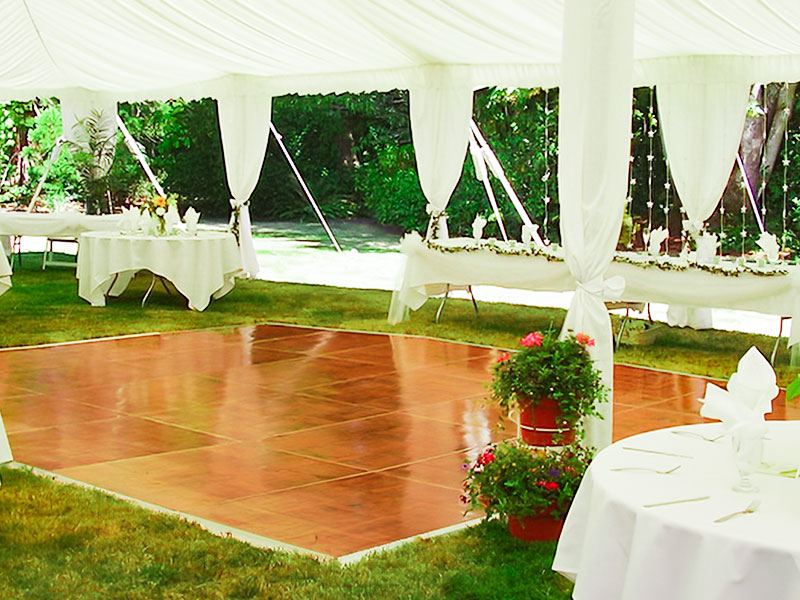Innovative Design Movements Shaping the Prospects of Engaging Light Emitting Diode Dance Surfaces
Interactive light-emitting diode dance surfaces have become progressively favored in multiple entertainment locations, including dance clubs, musical events, and gatherings. These surfaces utilize advanced tech to generate vibrant lighting displays that respond to sound and motion. As technology keeps to evolve, several innovative styling patterns are influencing the prospects of these interactive dancing floors. These trends not just improve the visual experience but also improve participant engagement and create a more immersive atmosphere for performers and spectators alike.
One notable pattern in interactive light-emitting diode dancing floors is the integration of smart tech. Many recent designs incorporate detectors that identify motion and modify the illumination accordingly. This implies that the surface can change colors, patterns, and visuals based on how many individuals are moving and where they are located. This responsiveness fosters a dynamic environment that encourages involvement and enthusiasm. Additionally, some designs allow participants to manage the illumination through smartphone applications, providing them the power to customize their encounter in real-time.
Another important pattern is the use of sustainable materials and energy-efficient tech. As ecological issues increase, many creators are concentrating on creating light-emitting diode dancing surfaces that are not only aesthetically impressive but also sustainable. This comprises using recycled materials for the floor's construction and implementing energy-saving LED illumination. These advancements assist reduce the carbon footprint of events while still offering a mesmerizing aesthetic experience. By prioritizing sustainability, designers are appealing to a more ecologically conscious audience.
The integration of enhanced virtual reality (AR) is also transforming the interactive dance floor experience. AR technology allows users to view digital images and animations superimposed on the physical world through their mobile devices or AR glasses. This can improve visit site the dance floor experience by introducing digital elements that interact with the physical space. For instance, performers might witness animated figures or visual displays that respond to their actions, creating a unique and captivating environment. This trend is particularly attractive to millennial audiences who are accustomed to digital engagements in their everyday activities.
Furthermore, the styling of responsive LED dance floors is becoming more flexible and adaptable. Many new designs can be easily set up in different settings, from temporary events to long-term setups. This flexibility enables locations to create tailored encounters that cater to various themes and crowds. Some models even include modular parts that can be rearranged to create varied shapes and layouts. This flexibility not only enhances the visual appeal but also allows for artistic design in event organization.
In conclusion, the future of responsive LED dancing floors is being shaped by creative design patterns that concentrate on technology, sustainability, augmented virtual reality, and flexibility. These advancements are producing more engaging and captivating experiences for users, establishing dancing surfaces a central element of entertainment locations. As these patterns continue to advance, they will likely redefine how people engage with music and motion, ensuring that responsive LED dancing floors stay a popular option for events and festivities.